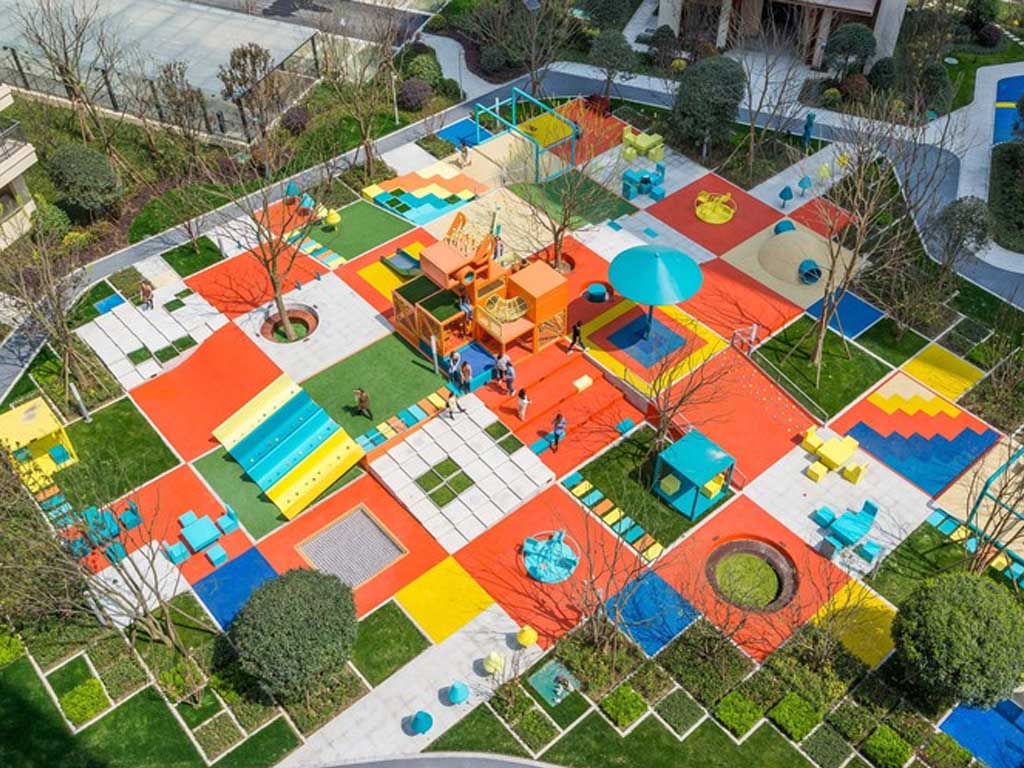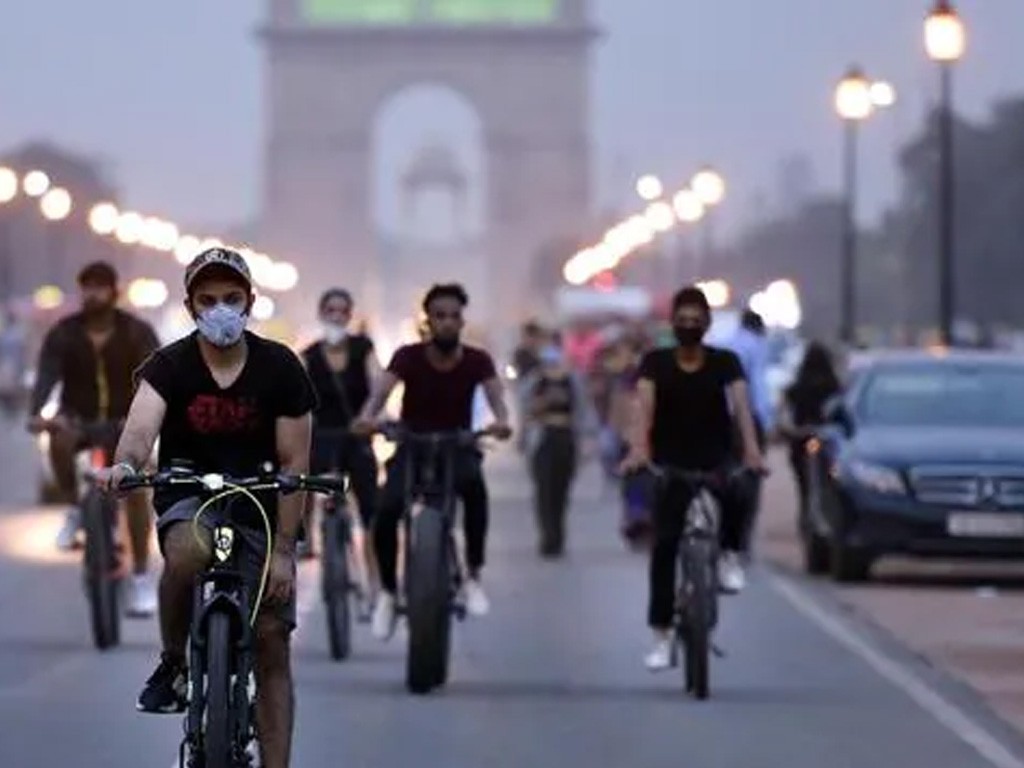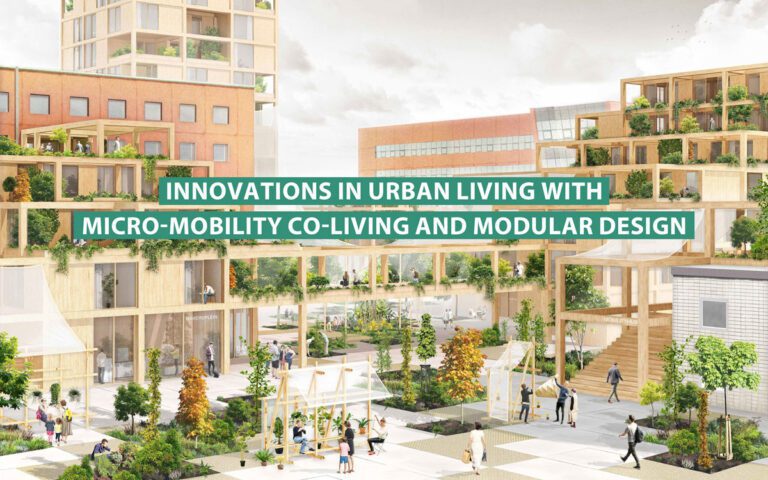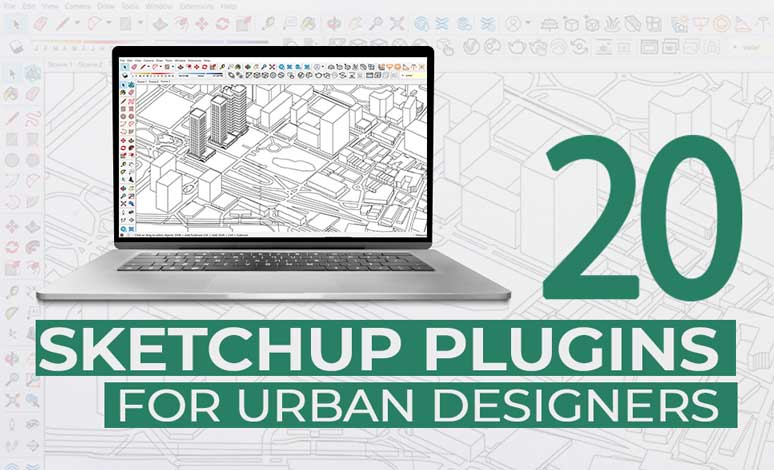
Urban design and Psychological Aspect of Human Behavior

What is your first thought while visiting an urban public space for the first time? How does that change when you go to the same for a second and third time? Why does a particular type of public space become your getaway? Why is there a preference for a particular spatial atmosphere over the other? How does a designer perceive space as the result of human behavior and interaction?
The answer to these questions undoubtedly lies in understanding the correlation between human psychology and the process of urban design. The evolution of the design process from ancient times has laid its roots in accepting the role of human perception and experience in the final product of the process. Today, we find ourselves in the midst of a definition of urban space which goes beyond a standard set of qualities. The ambiance in urban space and the awareness of the same by the end users have only broadened the horizon that allows the exploration between architecture and psychology and its co-dependent relationship.
What is the role of human psychology as a product of architectural theory?
Architectural psychology perceives human behavior in a designed space to establish the link between the person and the space designed for their use to conclude the pros and cons of the same in terms of its functionality and its ability to serve its intended purpose. Eventually, this becomes the communication between the designer and the user of the end product.

Public space design and the social nature of humans are two entities that cannot exist without the other. What are the parameters in a public space that affect human psychology? The same vary in scale, functionality, structural elements, colors, and so on. Not to forget, the extent to which the urban space design can morph to accommodate a diverse range of characteristics, beliefs, and functional requirements with no discrimination get priority in understanding the impact it will have as a practical space.
The Designer, The Design, and the User
While the process of design very well takes into consideration, the link between the intent of the design and the stakeholder, often, the final product reflects a user pattern that was not intended by the designer. It is not an unknown fact that the amount of stress in today’s world is extremely high and it just keeps increasing by the day. The cause for the same can range from simple factors like traffic and work to anything major like a life and death situation. The body’s reaction to stress without taking into consideration the cause for the same is in no way positive.

The way to combat stress varies from person to person. The role of the design and the process towards the same can become the answer that people are looking for when tense. While for some, the same may mean going to a space that is abundant with social interaction while for another, the same situation may demand being in a peaceful area that is characterized by quiet and calm. It is in this situation that it becomes important for the design of urban space to provide that outlet that humans need both physically and psychologically.
Categorization of Public Space Activity
Activity in public space can come under the following categories viz. Necessary Activities, Optional Activities, and Social Activities. The first one accommodates an all-year timeframe irrespective of external factors and includes the necessities like running errands. The second, that is optional activities are influenced by external parameters and may take place when the same is favorable, like taking a walk. The third and last category is more or less spontaneous and depends on the interaction between the users of a particular space. The conditions of the public space must be favorable for such interactions to come about as a result of the environment that it sets itself in. (Hanafi, El Araby, Al-Hagla, & El Sayary, 2013)

The necessity to understand this lays its groundwork for how cityscape design is changing from being a work-oriented space to prioritizing leisure based on social interaction. The same is reflected in the demand for an increase in pedestrian spaces and interactive spaces in the urbanscape. Eventually, we are witnessing a parameter coming into the picture which was not a part of earlier needs which is ‘Quality of the Space’.
An urban space defines itself as a product of spatial flow through networks and connections creating a space frame that stimulates positive interactions and other human activities. Hence it becomes necessary for an urban space designer to consider the psychological impact that the space can have on its users on the road to a final proposal.
Varying Spatial Perception
A pedestrian standing on the grounds of the Taj Mahal in India, in the middle of Times Square in New York, and Victoria Park in New Zealand though experiencing a public space, are experiencing the quality of the same in different ways. The mere difference in energies between the three spaces is drastically different. The response of a user to public space is largely impacted by the various parameters that define the same. Breaking down the experience in these spaces one by one paves the way to a drastically different experience as perceived by the users.

The Taj Mahal, Agra – A Closer Look
The Taj Mahal follows a design that spreads over 42 acres to accommodate courtyards. The design of the grounds housing the Taj Mahal is a design based on Centre and origin with the expanse around it accentuating the route to it. At first glance, the large white monument draws all the attention away from the wonders of design hidden in the path leading to it. Considering the smaller courtyards and elements around the structure, as a user in the space, one goes through an experience drastically different even from the rest of the city of Agra it houses itself.
With elements of geometrical design, Symmetry, hierarchy, and an abundance of natural elements, the site paves way for a type of user experience that is monumental in terms of scale and magnitudes. The 44 garden complexes along with the central monument together create an experience of grand sizes and organized proportions.

As a person in the area, what are the emotions and experiences that the quality of the space brings in for them? Initially, the scale of the central monument can be striking and overwhelming. But when observed in its context, the natural elements that accentuate the monument allow the person experiencing the space to understand the grandeur drawn from elements of naturalism. The colors white, green, and brown between the monument and its landscape create an environment of peace and escape allowing the person to escape to a hyper-reality written within the stories narrated by the space.
Times Square, New York – A Closer Look
In contrast, the morphology of the New York Times Square is defined by its characteristic as one of the busiest intersections reclaimed as pedestrian space. With an intent to regulate traffic and improve pedestrian flow through the area, the urban project came to life in 2009. As an urban space that allowed vehicular traffic, its transformation into a walkable area without automobiles sets it apart in terms of insight and experience the space has to offer.

As an expanse for pedestrian opportunities, public art, and a better connection between the built and the unbuilt, the focus had been shifted in terms of what spatial experience is curated for the people passing through the same. In addition, the constant experimentation through trial and testing of different projects inserted into the context based on the user’s response to the same makes the experience in the same excitement for people due to its constant evolution.
The colours and the scales that define Times Square which is home to almost 380,000 pedestrians every day create an experience that harnesses the complete potential of social interaction space. With the user groups in the space a diverse mix between the locals and internationals, what you are presented with is an array of unfamiliar faces sharing the same excitement as yours.

With street performers, pedestrians and tourists, there is not a moment of dullness in the space. In addition, the blockage of automobile movement in the space has given control of the intersection to people on foot who make up its best features. Not only the dense movement of the pedestrians, but the structures lining the street grid have played an equally important role in making the space what it is today.
In addition, through landscape urbanism, the expansion of freedom in pedestrian movement allows more relief in the crowded square. The grid ultimately defines itself as the interaction between the built context and the pedestrians moving through it. With elements like nodes, paths, and edges, the urban space is constantly evolving to keep up with the demands that the evolving users bring to the table.
Victoria On The River, New Zealand – A Closer Look
An attempt to create a link between the city and its river, Victoria on the river was an attempt to connect the city and its natural element both visually and physically hence defining a public user experience that lays its foundation in interaction and visual breaks for people using the zone. With levels and surfaces defining the feel and environment of the park, it creates an identity for itself that is unlike the rest of the city. The height that escalates from the riverfront allows the connection to existing with the waterbody despite the distance from it.

A unique feature noticed in the design is how the initial intent of the park aligns itself to a technical approach but eventually, it was the users who gave it its real identity as it exists today. As it became home to activities like yoga and other forms of exercise, it slowly expanded its arms to include boot camps, meet-and-eat activities, mini markets, and other experiences created by the stakeholders in the given urban space.
While the design was an attempt to link the elements of the city and its waterfront, what is appreciable about the product is how it has become what it is today through elements added by the users themselves. The Public space defines itself around a narrative created by the social structure and requirements of the users of that space. Through minimal interventions, the design intended to be a technical product has become a product that is impulsive and irreplaceable.

Analyzing the Cases
In the first case scenario, the user psychology was to adapt itself around the given urban space design bringing about an experience that accentuated the monumental proportion of the design. In the second case, you see a scenario that was the result of a slow evolution that experimented with user response and activity to experimental scenarios resulting in a pedestrian area that is still evolving to keep up with the constantly moving times. In the third and final scenario, the product is a collaboration between the designers and the stakeholders who took it upon themselves to allow the space to adapt itself to present their views and address their utility.
The focal point here is how the design of this space and the elements that complete it impact a user in the same. When the concept of observation from architecture and human experience and behavior from psychology meet in this space the overlapping zone becomes the base for launching an understanding of human nature as a response to the built and unbuilt environment.

Relating Design and Psychology and the Dimensional Experience
Having seen such diverse scenarios, one begins to think about the impact that the process of designing a public space has on the mental state of the end users who eventually walk across its expanse. In the recent light of Covid 19 and its consequences which forced us to remain indoors for an extended period, it is safe to assume that the expectations that a person has from an urban space have changed drastically.
With the period having a great impact on the mental health and overall psychology of us as humans, it is only right that the search for an escape from this confinement starts from the public spaces made available for interaction. As a being who crave and thrive on social interaction, and the quality of conversations, it may be necessary to rethink how urban space design can evolve to cater to the evolving psychological demands of human behavior.

As the field of urban design continues to grow, it is safe to say that there is an evident shift in people wanting the core of public design to lie in social interactions and opportunities for gathering with an obvious preference for pedestrian streets over automobile-motivated spaces. It hence is crucial to be able to view the psychological impact that the end product offers through every stage of the design process, the outcome of which could be a design that becomes flexible enough to accommodate the constantly changing needs of the future too.
References
Abel, A. (2021). What is Architectural Psychology? Germany: Creative Commons Attribution.
ArchDaily. (2019, April 24). PIXELAND / 100architects. Retrieved from ArchDaily: https://www.archdaily.com/915563/pixeland-100architects
ArchDaily. (2020, June 26). Victoria on the River / Edwards White Architects. Retrieved from ArchDaily: https://www.archdaily.com/942417/victoria-on-the-river-edwards-white-architects
Auckland Design Manual. (n.d.). Testing Times – Interim projects secure Long time Rewards. Auckland: Auckland Design Manual.
Bond, M. (2017, June 6). The hidden ways that architecture affects how you feel. Retrieved from BBC: https://www.bbc.com/future/article/20170605-the-psychology-behind-your-citys-design
DE51GN. (2022, February 17). Interview: 100 Architects on why impactful street architecture needs to deviate from surrounding context. Retrieved from DE51GN: https://de51gn.com/interview-100-architects-on-why-impactful-street-architecture-needs-to-deviate-from-surrounding-context/
Hanafi, I., El Araby, M., Al-Hagla, K., & El Sayary, S. (2013). Human Social Behavior in Public Urban Spaces:. Spaces and Flows: An International Journal of Urban and ExtraUrban Studies.
James, A. J. (2021, JULY 3). TIME SQUARE – NEW YORK URBAN DESIGN STUDY. Retrieved from ISSUU: https://issuu.com/alenjosephjames/docs/time_square_new_york_-_urban_design_study
KOCH, E. (2002). THE TAJ MAHAL: ARCHITECTURE, SYMBOLISM,. University of Vienna.
Sequeira, R. C. (2020, August 18). Moving urban India after the Covid-19 pandemic | Opinion. Retrieved from Hindustan TImes: Moving urban India after the Covid-19 pandemic | Opinion
Wikipedia. (2022, August 17). Times Square. Retrieved from Wikipedia: https://en.wikipedia.org/wiki/Times_Square
Architect graduated with a Bachelor’s in Architecture from the University of Mumbai. Inquisitive about Universal design Strategies and accessible design she is interested in reading about upcoming design strategies and human experience in the design process.
Related articles


Micro-Mobility and Modular Design in Urban Living


Rethinking Urban Planning Careers in India


AI Urbanism: Utopia or Dystopia? The Unvarnished Truth.
5-Days UDL GIS
Masterclass
GIS Made Easy – Learn to Map, Analyse, and Transform Urban Futures
Session Dates
14th-18th July 2025

Free E-Book
From thesis to Portfolio
A Guide to Convert Academic Work into a Professional Portfolio”
Recent Posts
- Article Posted:
- Article Posted:
- Article Posted:
- Article Posted:
- Article Posted:
- Article Posted:
- Article Posted:
- Article Posted:
- Article Posted:
- Article Posted:
- Article Posted:
- Article Posted:
- Article Posted:
Sign up for our Newsletter
“Let’s explore the new avenues of Urban environment together “
















































One Comment
Thank you Malavika, i had my UD internals tomorrow and this helped a lott